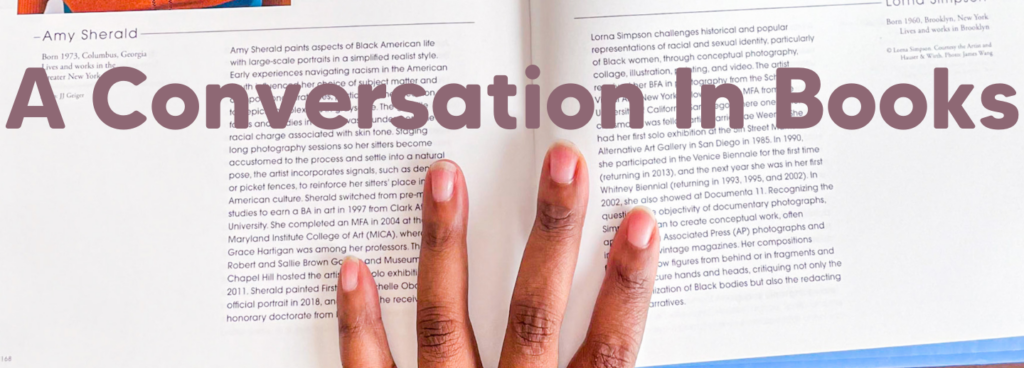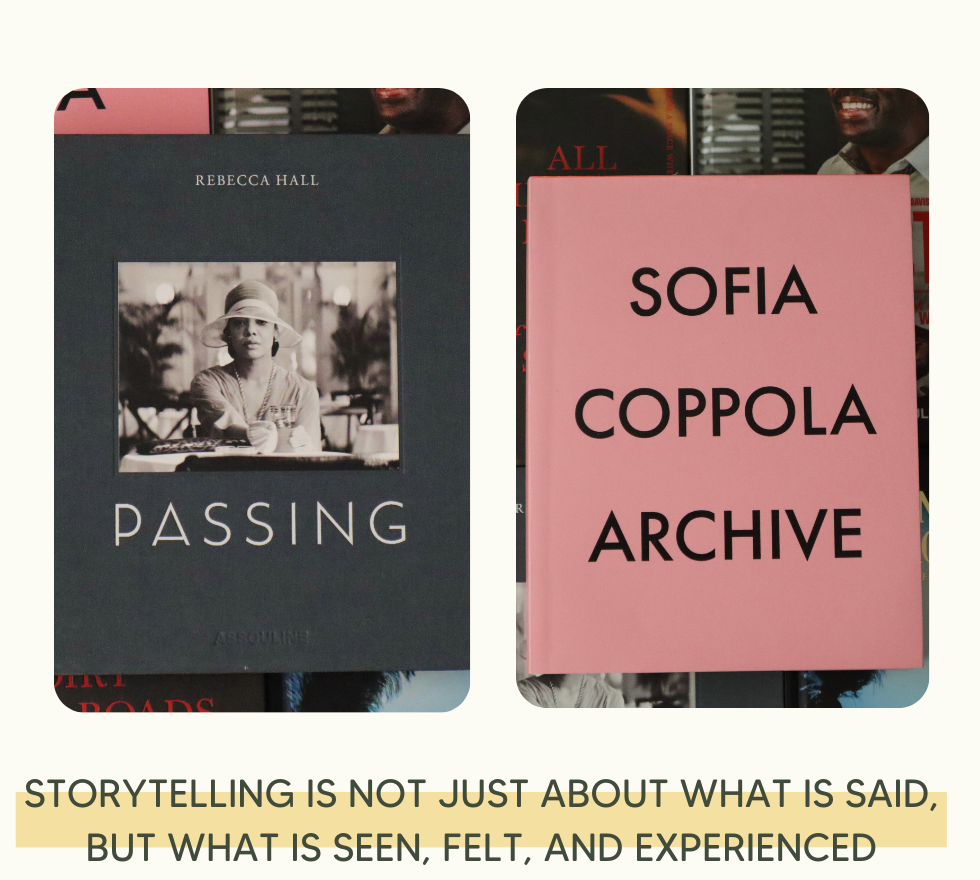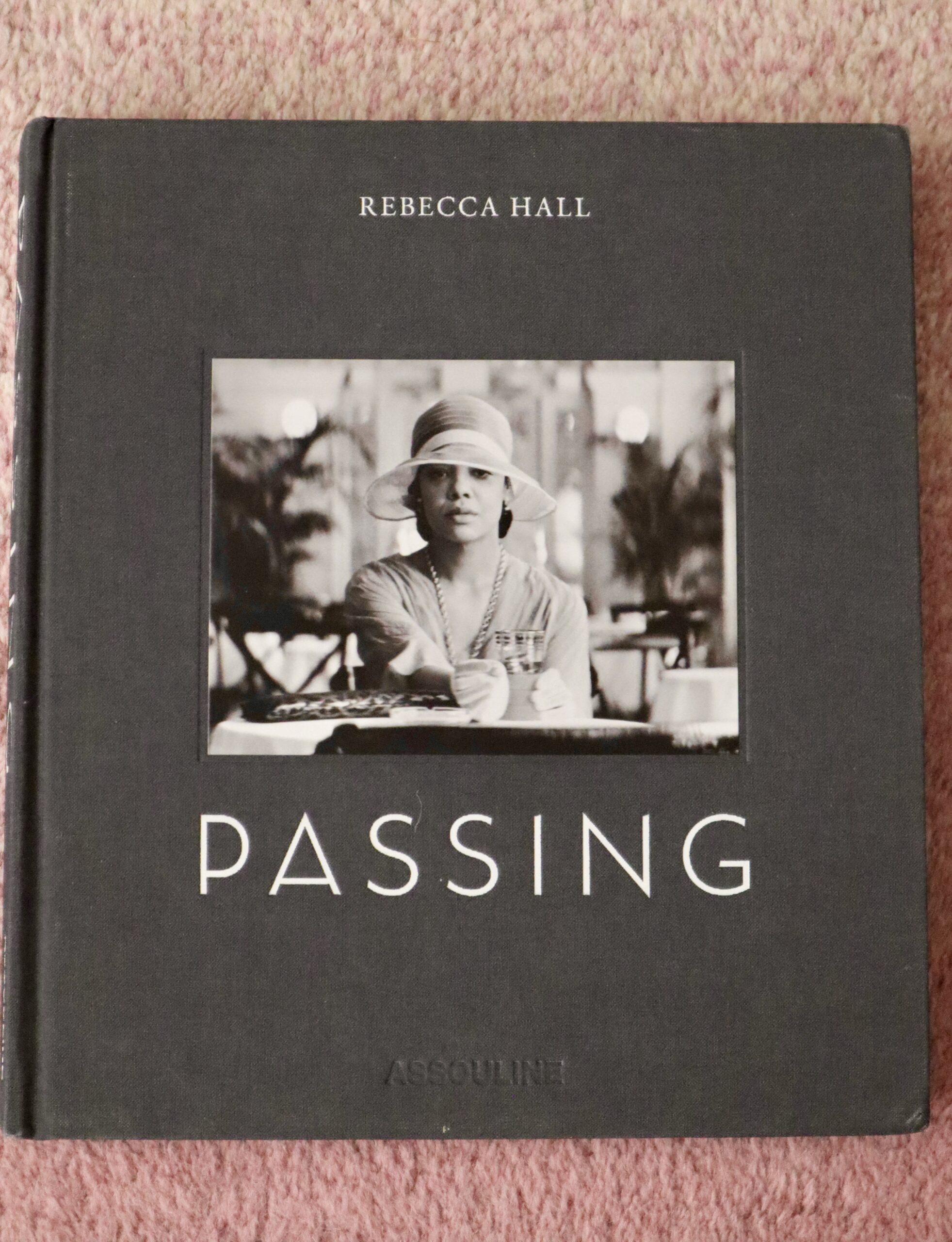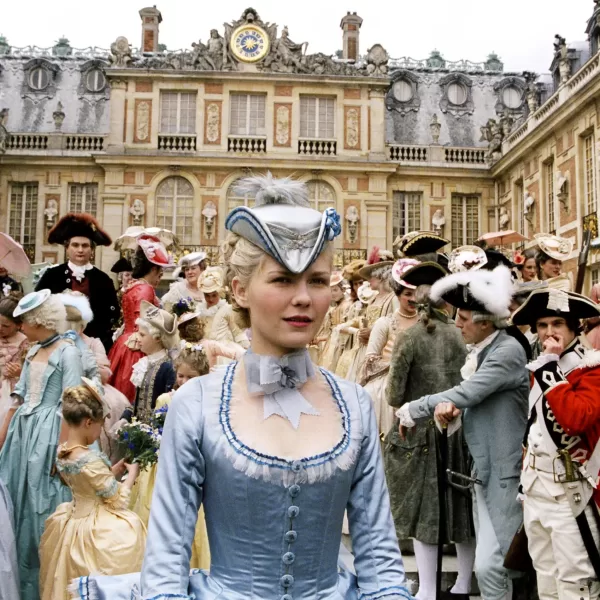
This month, I’ve found myself immersed in two coffee table books that, at first glance, seem worlds apart. Yet, as I spent more time with them, I noticed an intriguing conversation unfolding between them. Passing and Sofia Coppola’s Archive—one explores the complexities of identity, race, and belonging, while the other takes us behind the scenes of a filmmaker’s visionary process. Despite their differences, both works highlight the power of visual storytelling and the ways art can communicate what words alone cannot.

Passing, the coffee table book that complements Rebecca Hall’s stunning film, is a deep dive into the subject of identity, particularly around race and the societal constructs that define us. The black-and-white photographs are stark, crisp, and powerful, emphasizing contrast and complexity. Hall uses the absence of color to spotlight what’s hidden in plain sight—how people’s identities are often shaped by what we can’t see. There’s a quiet strength in these images, urging us to think beyond the surface and confront the realities of race, privilege, and society’s limitations.
On the other hand, Sofia Coppola’s Archive is a more personal, yet equally thought-provoking exploration. Here, we step into the world of a filmmaker whose works, such as Marie Antoinette and Lost in Translation, are defined by their dreamlike visuals. Coppola uses light, color, and texture to convey a story, inviting the viewer into the intimate emotional lives of her characters. Archive provides a behind-the-scenes glimpse at Coppola’s creative process—her mood boards, costume sketches, and set designs—allowing us to see how she crafts each moment with intention. It’s a study of artistic precision, where every detail is designed to evoke emotion and reveal character.
What’s fascinating to me is how both books highlight the power of visuals in storytelling. While Passing demands that we confront the hard truths of identity through stark contrast and absence, Archive envelops us in lush, curated moments that transport us into intimate worlds. Both are masterclasses in visual storytelling, but they use different tools to do so. Passing forces us to see the spaces between light and shadow—literally and metaphorically—while Archive surrounds us in softness, beauty, and vibrant color to evoke personal and emotional truth.
For me, these two books are both celebrations of art in its purest form. They emphasize that storytelling is not just about what’s said, but about what’s shown and felt. In Passing, we are invited to explore the complexities of identity and the hidden truths within us, while in Archive, we are taken on a sensory journey into a world where every frame tells a story, drawing us into the characters’ internal struggles and dreams.
Personal Reflection:
As I reflect on these two works, I’m struck by how both emphasize the importance of seeing—not just visually, but emotionally. Passing invites us to peel back the layers of societal expectations and identity to uncover the hidden narratives that shape our lives. Archive does something similar, offering us a deeper look at the creative process behind Coppola’s films, showing how every color, costume, and set piece is a part of telling a story. These works remind me that art is about the spaces we inhabit—physically, emotionally, and socially—and how those spaces can reflect the larger, more universal themes of humanity.
Let’s Chat
What does Passing and Sofia Coppola’s Archive evoke for you? How do you see these two books speaking to one another? I’d love to continue this conversation with you—drop your thoughts in the comments below!



Leave a Reply